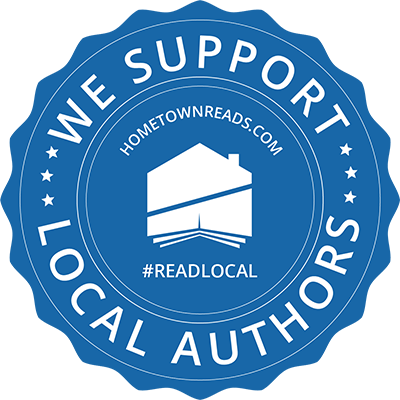Writing takes a lot of determination, patience, and hard work. A lot of people who aren’t in the publishing industry don’t realize this, so if you want to be a professional writer, realize it’s going to take a lot of time. To begin with, you need to spend a lot of time reading. Reading about the craft, reading novels in the genre you want to write in, reading books that are outside of your target genre. Read everything!
Next, you’ll want to write a short outline to give you a map of the beginning, middle, and end of your story. For some people, it’s difficult to write a 20 page outline. The type of outline I suggest for new writers are much simpler for writing a novel. Here’s an example:
Chapter 1: write 2 sentences about the main action to take place in Chapter 1 and 1 sentence about which character will be introduced.
Chapter 2: write 2 sentences about the main action to take place in Chapter 2 and 1 sentence about which character will be introduced.
And so on until you get to Chapter 20, or the end. Some simple outlines might have up to 60 chapters. Ultimately, that’s up to you and your editor.
Next, after you’ve written this very brief outline–your novel path, if you will–write one of the scenes. It doesn’t have to be the scene from chapter 1. Write whatever comes to mind. Figuring out where the scenes go can come later, if need be. The point is to write. Write when you’re in different moods–happy, sad, angry, overwhelmed. All of these emotions need to get out and onto the page. Don’t be afraid.
You’ll want to decide which point of view you feel most comfortable writing in–1st person, 3rd person, or another viewpoint. If you don’t understand viewpoints, read what other successful writers say about writing in the viewpoints of their choosing. Then, make a decision.
Write every day for at least 1 hour, if you can. Write 100 words, 1000 words, or 10, 000 words–whatever your schedule allows for. Be consistent–writing at the same time every day, six days a week. Take 1 day off to rest and brainstorm.
If you’re writing a fiction novel, you’ll need to write between 60,000 -90,000 words. Don’t get discouraged if it takes 1 year or more to write your first novel. Writing takes time to do.
And the most important thing to remember, don’t revise now. Just write your first draft until you get it done. You’ll have lots of time to review and revise, add new chapters, new characters, and different plot twists later.
Good luck and happy writing!




